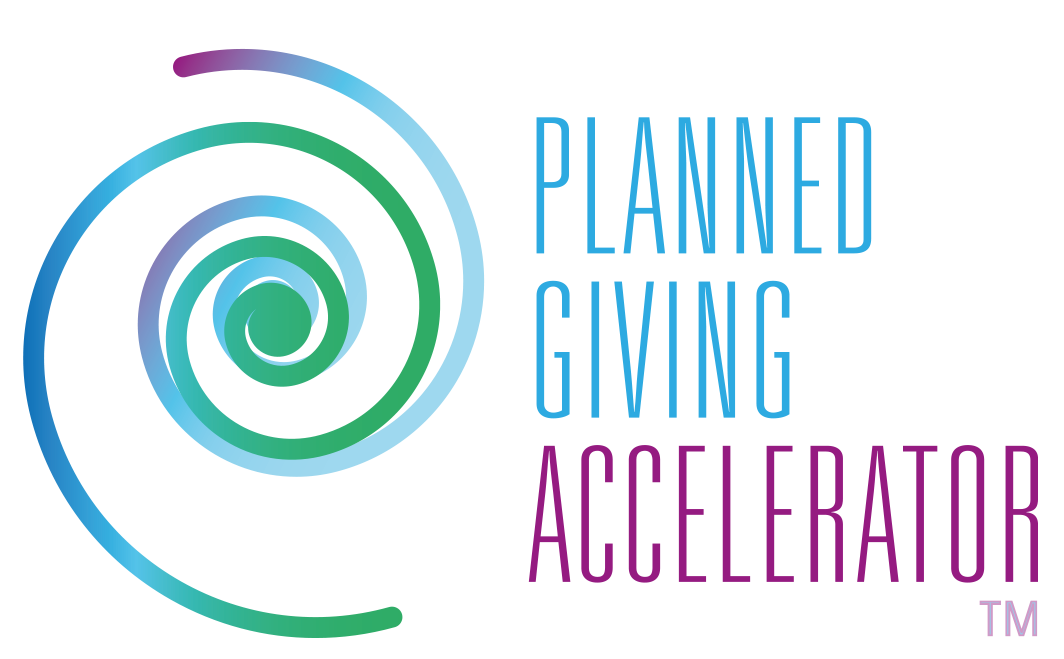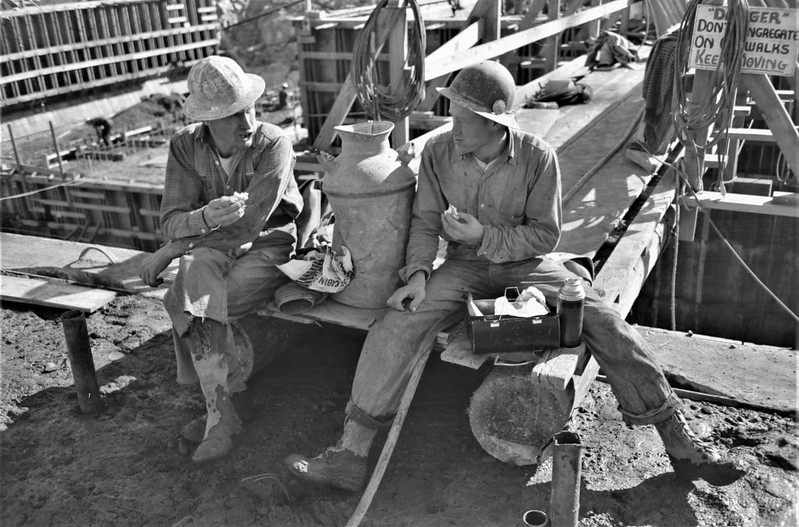
Flickr Creative Commons photo by Britt Fuller
Most financially successful nonprofits aren’t funded exclusively through annual giving programs or foundation and government grants.
Instead, they rely on a secret weapon: Planned Giving.
These savvy nonprofits have learned they can achieve long-term, diversified financial strength through planned gifts — primarily bequests left in the wills of generous donors who believe strongly in their work.
Recently, in fact, came news that an effort to promote Planned Giving at about 700 Jewish community organizations has produced more than $1 billion in commitments in less than eight years. That’s an average of $1.4 million per organization!
For many smaller nonprofits, getting an influx of $1.4 million can be a game changer.
And here’s the good news – your nonprofit likely has what it takes to change its own game through Planned Giving.
If you devote sufficient time and energy to building and marketing a Planned Giving program, you can begin to accrue multiple gifts that can help support your work for decades to come.
Why doesn’t this happen more regularly?
I think it’s because many nonprofits think Planned Giving is too complex. When you hear about complicated vehicles like Charitable Remainder Unitrusts and Pooled Income Funds, it’s easy to assume you need a team of high-priced lawyers on retainer to manage a Planned Giving program.
In truth, starting your Planned Giving program isn’t difficult and doesn’t require expertise.
Keep It Simple
I strongly advise you to start simply. Rather than trying to market hard-to-understand methods, encourage your donors to make a simple bequest.
You can have a very respectable – and successful – Planned Giving program by solely promoting gifts by will. You needn’t go further.
Here’s why:
- Everybody needs a will.
- People understand them.
- There is no lifetime cost.
There’s a reason why bequests are the most popular planned gift, by far. Even the largest Planned Giving programs in the U.S. at major universities and hospitals are at least 75% bequests.
Bequests don’t require a ton of expertise to complete — or a lot of explanation.
Your donors simply include provisions in their wills to give some portion of their estates to your organization — and they don’t even need to tell you they’ve done it. Though you should encourage them to, so you can thank them.
That’s it. That’s all you’re asking them to do.
Follow the Recipe
If your nonprofit is at least five years old and has a pool of consistent donors who are older than 55 years old, you have most of what you need to begin marketing a successful Planned Giving program centered on bequests.
Of course, you’ll need a few other conditions in place to help — namely leadership and a board that supports your Planned Giving efforts. You’ll also need the discipline and commitment to stick with your Planned Giving strategy over time.
Once you have those basic items in your pantry, you just need to add these ingredients:
Consistent marketing — Most of your donors won’t think to include your organization in their wills unless you ask them to.
So you need to market your Planned Giving program across a variety of mediums — your website, direct mail, email, social media, and multimedia.
Top-notch stewardship — Stewardship is a critical element of any successful development program. And it’s especially important for Planned Giving.
When a donor chooses to make a planned gift, it is a highly personal — and likely very emotional — decision. So it’s not enough to simply send a thank you letter and follow up with more solicitations.
Plus, a gift by will is revocable. Donors can change their mind any time. While it hardly ever happens, it sometimes does. As a result, you need to let your gratitude show. So, your stewardship should be suitably personal — and ongoing.
A recognition society — It’s also important to create a recognition society that specifically honors your bequest donors. This supports both your stewardship and your marketing efforts, since it shows your Planned Giving donors how much you care and shows those who haven’t made planned gifts just how much you value this form of giving.
You Can Do This!
Planned Giving can become a secret weapon for any nonprofit that is looking to diversify its fundraising revenue and become more fiscally stable.
You don’t need to be big — and you don’t have to carve out a huge budget to promote it.
You just need to do some legwork up front — and be consistent in your messaging.
If you can do that — and I know you can — you have what it takes to start and build a successful Planned Giving program.
There are two ways for you to learn more.
First, I’ve created a free How-to Guide to provide more details to small- and mid-size nonprofits who are looking to get their Planned Giving programs off the ground.
Second, you can join me for a special Keelabs webinar on Tuesday, August 18 at 1:00 ET. Register here.


